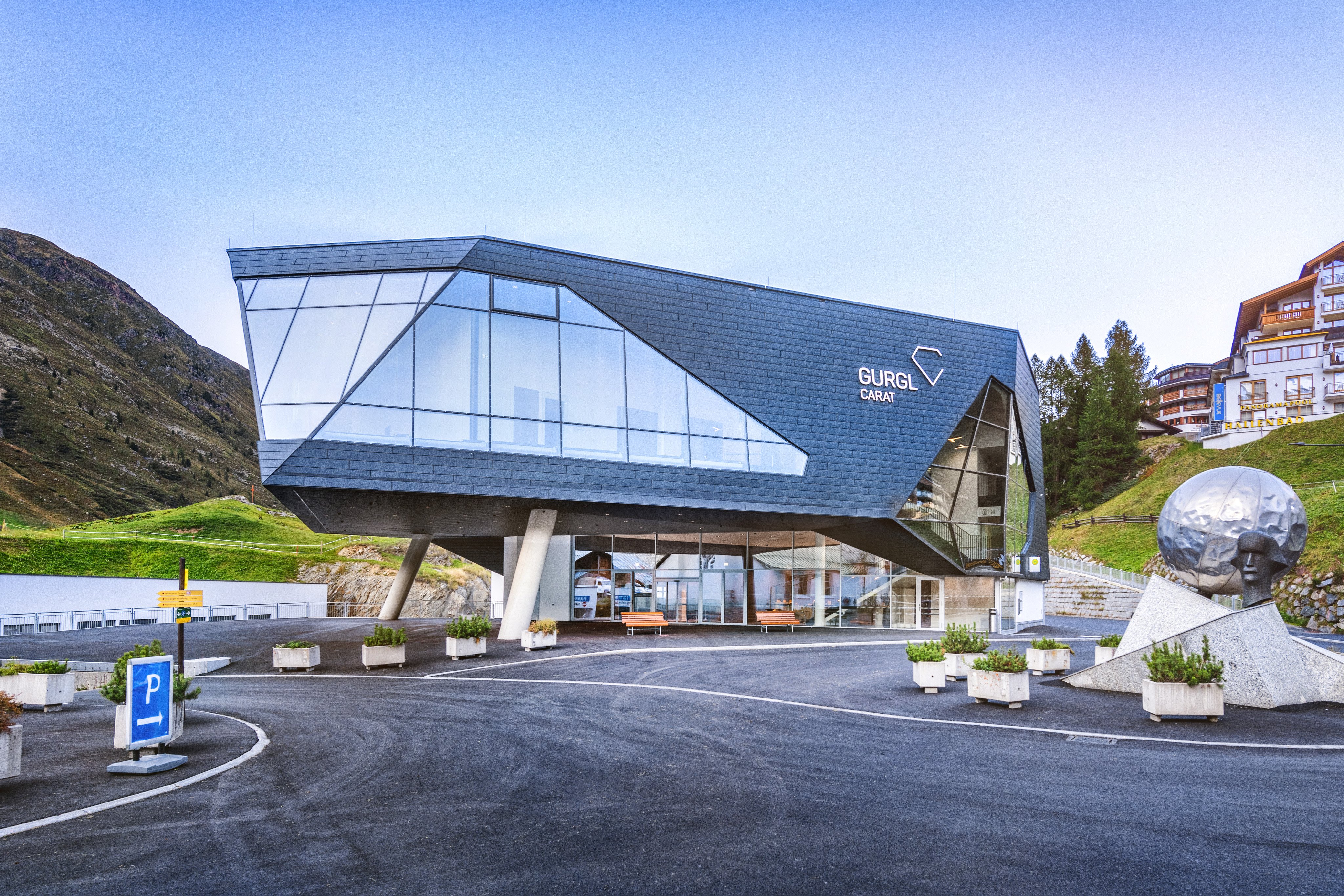Appreciative communication, often referred to as non-violent communication according to Rosenberg, is a language that is characterized by eye level and mutual respect. The connection between sender and receiver is elementary, so that the relationship benefits from the communication. The basis of appreciative communication is the method of non-violent communication developed by the psychologist Dr. Marshall Rosenberg. But why is appreciative communication so important for effective interpersonal relationships? Only human relationships based on mutual respect are conducive to the long-term goals of both individuals. Appreciative communication exactly promotes this goal by paving the way for respectful interaction at eye level and by creating satisfaction and meaning.



